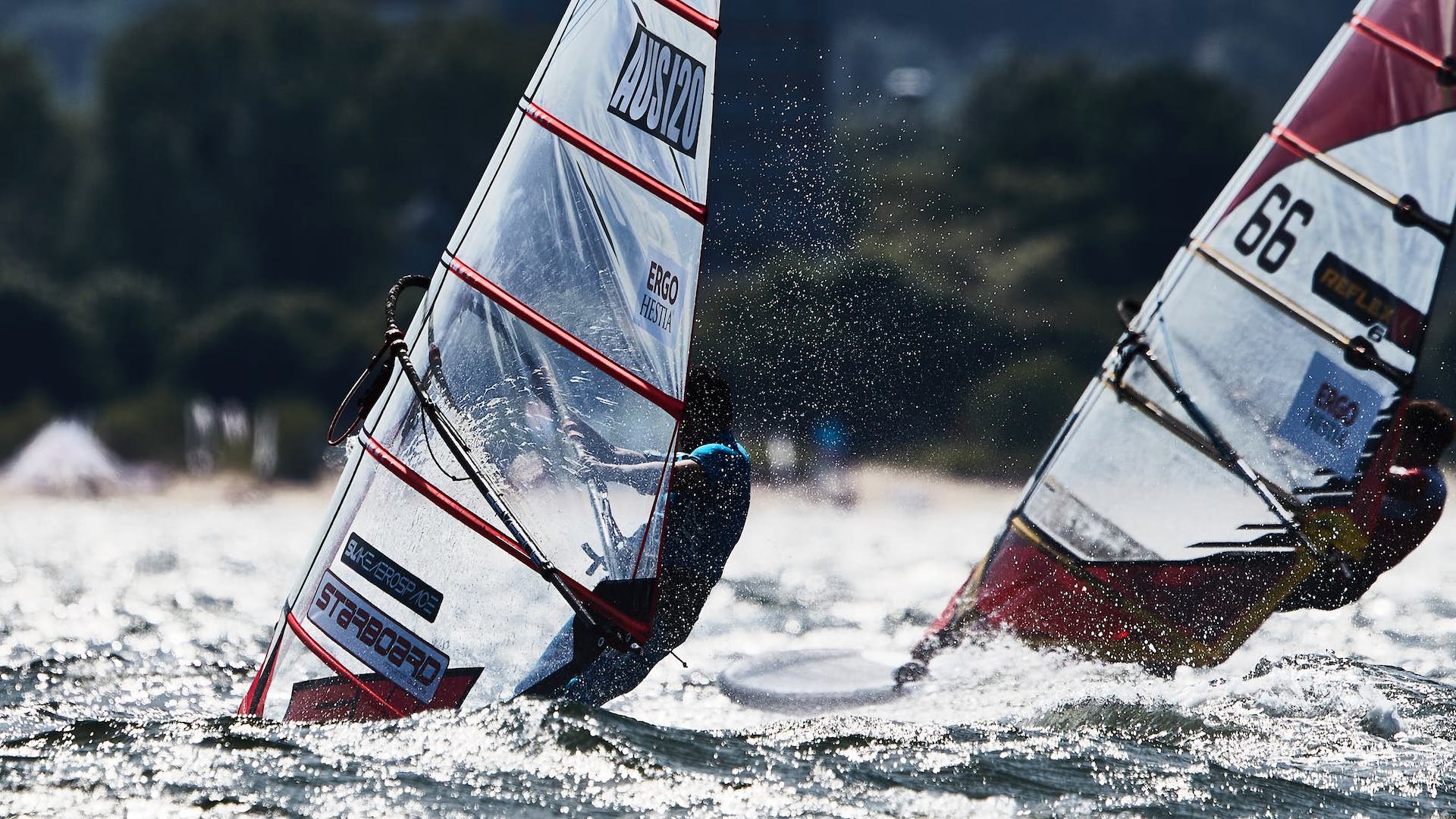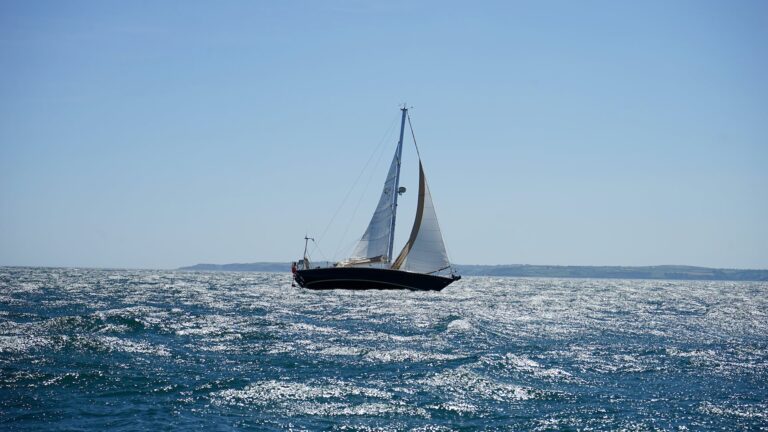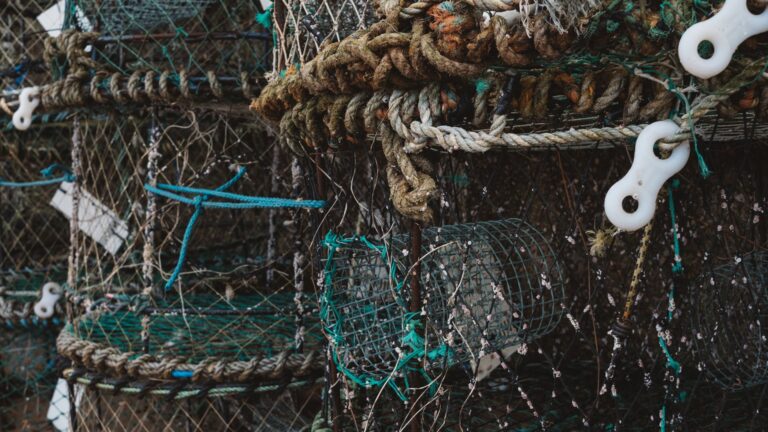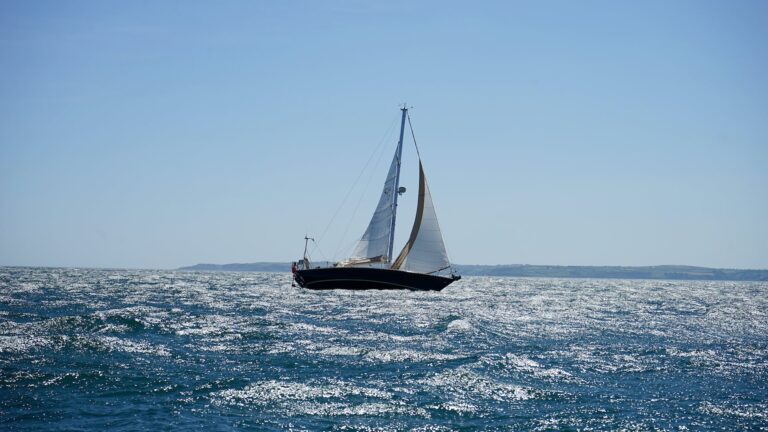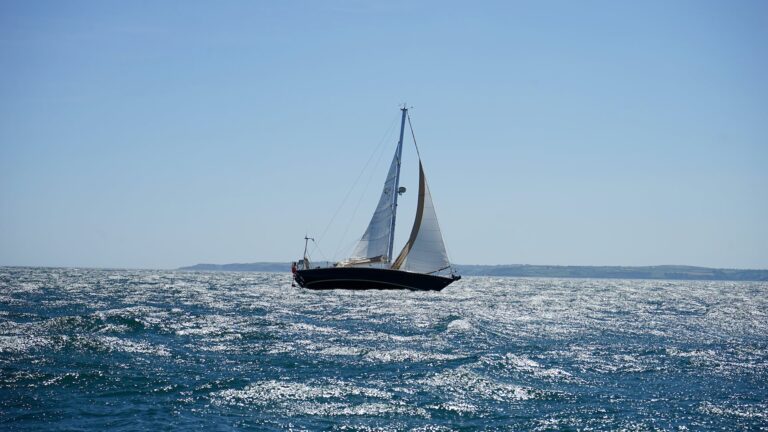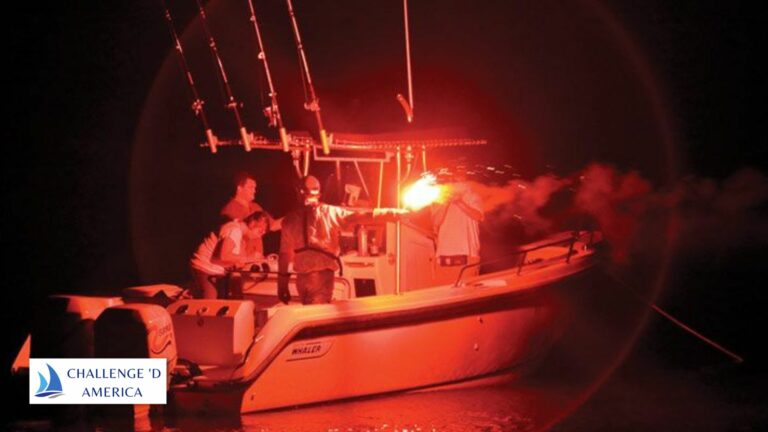What order should I raise my sails?
- Introduction
- What is a Sail?
- Preparing to Raise the Sails
- Raising the Mainsail
- Attaching the Boom
- Raising the Jib
- Other Types of Sails
- Strategies for Raising Sails in Different Conditions
- Other Considerations for Sailing
- Conclusion
- Resources
What Order Should I Raise My Sails?
There are few activities as rewarding and calming as sailing on a beautiful day, with the wind in your sails and the sun on your face! But before you can start enjoying your voyage, you need to know how to raise your sails properly and in what order they should be raised. This article will provide an overview of sail preparation, including tips on what order to raise different types of sails, and strategies for sailing in different conditions. Read on to learn more about sailing and raising your sails!
What is a Sail?
A sail is a large piece of fabric that is attached to a boat to capture and use wind power for propulsion and steering. The most common sail used in modern sailing boats is a mainsail, which is mounted at the back of the boat, along with one or two additional sails called jibs or headsails that are set at the front of the boat and help propel it forward. All sails are constructed from lightweight fabric such as nylon or Dacron, which help them catch more wind without adding too much weight to the boat structure itself.
## Preparing To Raise The Sails
Before raising any sail, it is important to check that all lines (ropes), cleats (fastenings), winches (mechanical devices used for tightening rope) and other hardware are secure, properly adjusted and ready for use. If any fittings or hardware need adjusting or replacing, these should be taken care of before hoisting any sails onto the boat’s mast(s). Once everything has been checked off, it’s time to start raising your sails!
## Raising The Mainsail
The mainsail is first: It’ll go up easily almost all the way, but the last foot or two will take some pulling. Now the boom—the horizontal spar attached to the mast that holds the foot, or bottom, of the mainsail—will be swinging side-to-side as the sail “luffs,” or flaps about like a flag. To prevent this from happening, make sure you have someone holding onto one end of the boom while you pull up on halyard (the rope used to raise a sail) from below with all your strength! Once it’s up all the way, make sure you tie off both ends so it doesn’t come down again unexpectedly when sailing in strong winds or heavy seas!
## Attaching The Boom
Once you have successfully raised your mainsail all the way up, you can attach its boom by clamping it onto either side of its mast with special fittings called gooseneck fittings or by tying off its clew (the corner of a sail closest to its boom). If there are no special fittings available on your mast for attaching booms (e.g., if you don’t have gooseneck fittings), then cleat off each end securely using lines attached from either side of your mast and through either end of its boom .
## Raising The Jib
Once you’ve secured your mainsail’s boom onto its mast and tightened its halyard line(s), then it’s time to raise your jib(s). Jibs are usually much smaller than mainsails but can still take some effort when raising them due to their size; however they shouldn’t take as long as mainsails since they’re typically much lighter than their counterparts! To raise them properly: first make sure their sheets (lines connecting either end) are cleated off securely so they stay put while hoisting; then attach their halyards at either end firmly before hauling up their sheet lines while holding onto both ends simultaneously!
## Other Types Of Sails
In addition to mainsails and jibs there are many other types of sails used in modern sailing vessels such as spinnakers (triangular-shaped downwind sails), genoas (large headsails), staysails (smaller headsails) , gennakers (downwind sails similar to spinnakers) , drifters (large downwind sails designed for light winds) , etc . There may also be multiple types of each type depending on conditions – e . g . , multiple sizes/styles/types/etc . All these different types can be raised using similar methods outlined above; however depending on specific characteristics there may be slight differences in how they should be raised .
## Strategies For Raising Sails In Different Conditions
Raising sails in different conditions can require slightly different strategies depending on what type(s) they are and what type/level winds are present at any given time – e . g . , lighter winds may require less effort when raising larger mainsails due to having less air pressure against them whereas stronger winds may require more effort due to increased air pressure pushing against them ! Additionally , if conditions become rough enough it might even be necessary not just lower but completely remove certain types/styles/etc .of sails altogether until things calm down once again !
## Other Considerations For Sailing
Aside from understanding how best raise various types/styles/etc .of sails in certain conditions there are also other considerations that need taken into account when going out sailing such as knowing how best maintain proper balance between weight displacement & drag ; understanding proper techniques for tacking & gybing ; knowing how best read & interpret weather forecasts ; understanding basic navigation principles ; etc . All these additional factors can help ensure not only a successful voyage but also a safe one !
## Conclusion
Raising different types/styles/etc .of sails can vary slightly depending on what type/style wind conditions present themselves at any given moment but overall following an established order – first mainsail then jib then other types – should ensure successful outcomes ! Additionally taking into account other considerations such as weight displacement & drag , proper tacking & gybing techniques , accurate weather forecasts , basic navigation principles etc . will also help ensure not just successful but also safe voyages !
## Resources
Sailing Basics: An Introduction To Boating And Yacht Racing, by Mike Melville
Sailing Fundamentals, United States Power Squadrons

